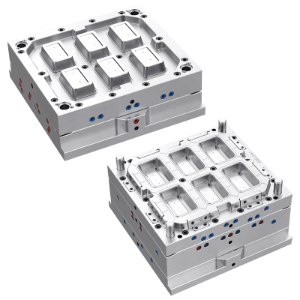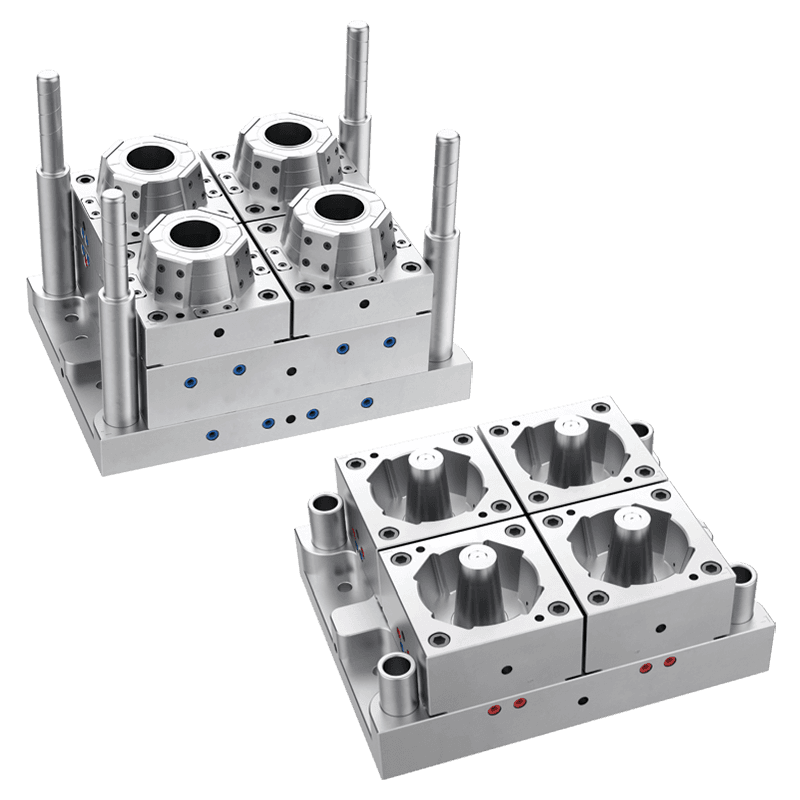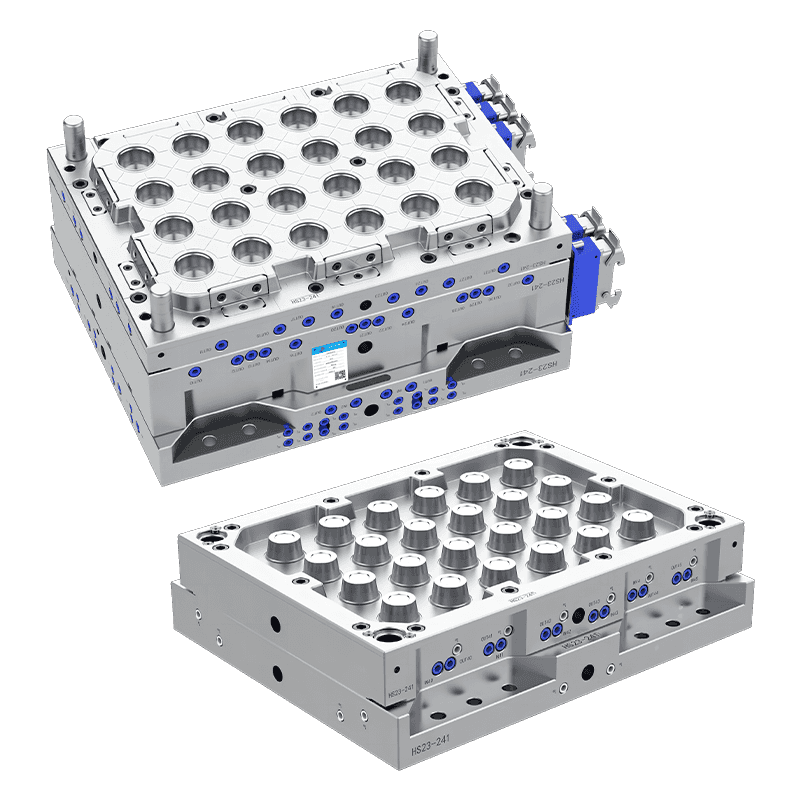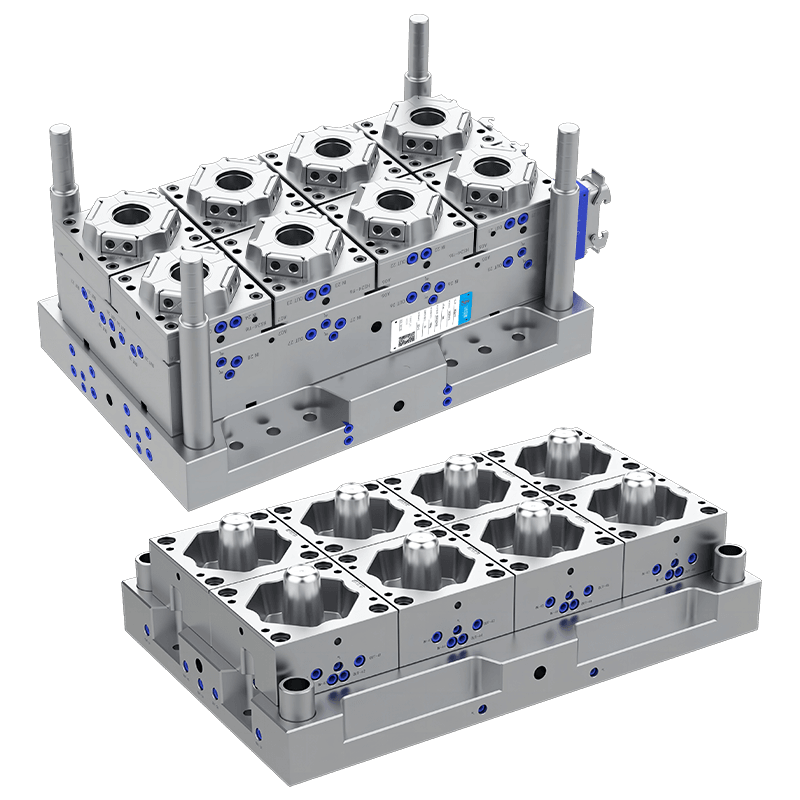The Importance of Lunch Box Mold in Modern Industrial Society
In the case of lunch boxes, injection molding is often the common method used for mass production. The use of injection molds allows manufacturers to produce large volumes of lunch boxes quickly and efficiently. This process ensures that the lunch boxes are uniform in shape and quality, with precise dimensions that fit the needs of consumers. Without the use of molds, producing lunch boxes on such a large scale would be incredibly labor-intensive, time-consuming, and costly. Lunch boxes molds are not only an essential tool for mass production, but they also improve the consistency and reliability of the final product.

One of the primary advantages of using molds in lunch box production is the efficiency with which materials are used. In the manufacturing industry, material waste is a major concern, both for environmental and cost reasons. The ability to create a uniform product with minimal waste is a key goal for manufacturers, and molds help achieve this.
For example, plastic lunch boxes are typically made from materials like polypropylene, polyethylene, or ABS plastic. These materials are injected into a mold under high pressure, ensuring that the right amount of material is used to create the desired shape. This process minimizes waste because the plastic is molded to fit precisely into the contours of the lunch box. Furthermore, molds can be designed to accommodate multiple lunch box designs at once, allowing manufacturers to optimize production efficiency and reduce costs.
The ability to reuse and recycle plastic materials used in molds also contributes to cost savings. Plastic waste can be melted down and reused in the production of future products, reducing the need for new raw materials. This not only makes the manufacturing process more cost-effective but also promotes a more sustainable approach to production.
Molds provide manufacturers with the flexibility to innovate and create lunch boxes that are not only functional but also aesthetically appealing and customizable. Over the years, lunch boxes have evolved from simple containers to highly engineered, functional products. In response to the growing demand for personalized and creative designs, molds are now used to produce lunch boxes in a variety of shapes, colors, and sizes.
Mold designers can experiment with different features such as compartments, airtight seals, foldable handles, or built-in cooling systems, all of which enhance the usability and convenience of lunch boxes. For instance, molds can be designed to create stackable lunch boxes or boxes with multiple sections that can store different types of food separately. These innovations cater to modern consumers who are increasingly looking for convenience, portability, and versatility in their lunch boxes.
Customization has become a significant factor in the lunch box market as consumers seek products that reflect their personal preferences. With the use of molds, manufacturers can produce lunch boxes with custom designs, logos, and branding. This is especially valuable in the corporate sector, where businesses often distribute lunch boxes with their logos as promotional items. The versatility of molds allows manufacturers to cater to these diverse consumer demands, fostering innovation and enhancing the consumer experience.
In recent years, sustainability has become a crucial concern for both manufacturers and consumers. The food packaging industry, including the production of lunch boxes, is facing increasing pressure to reduce its environmental footprint. Molds play an essential role in promoting sustainable manufacturing practices.
For example, molds can be used in the production of reusable lunch boxes made from environmentally friendly materials such as biodegradable plastics or stainless steel. The use of durable materials means that lunch boxes can be reused multiple times, reducing the need for disposable packaging. Additionally, molds can be designed to reduce material waste during the manufacturing process, helping companies minimize their environmental impact.
Furthermore, as the global awareness of plastic pollution grows, molds are being used to develop alternatives to single-use plastic lunch boxes. Manufacturers are exploring eco-friendly materials such as bamboo fiber, recycled plastic, and silicone. These materials can be molded into durable, functional lunch boxes that are both environmentally friendly and cost-effective. The rise in demand for sustainable lunch boxes has driven innovation in the design and use of molds, ensuring that manufacturers can meet the expectations of eco-conscious consumers.
Contact Us
Email: [email protected]; Or fill out the contact form below.

 English
English 中文简体
中文简体 русский
русский Español
Español Français
Français




